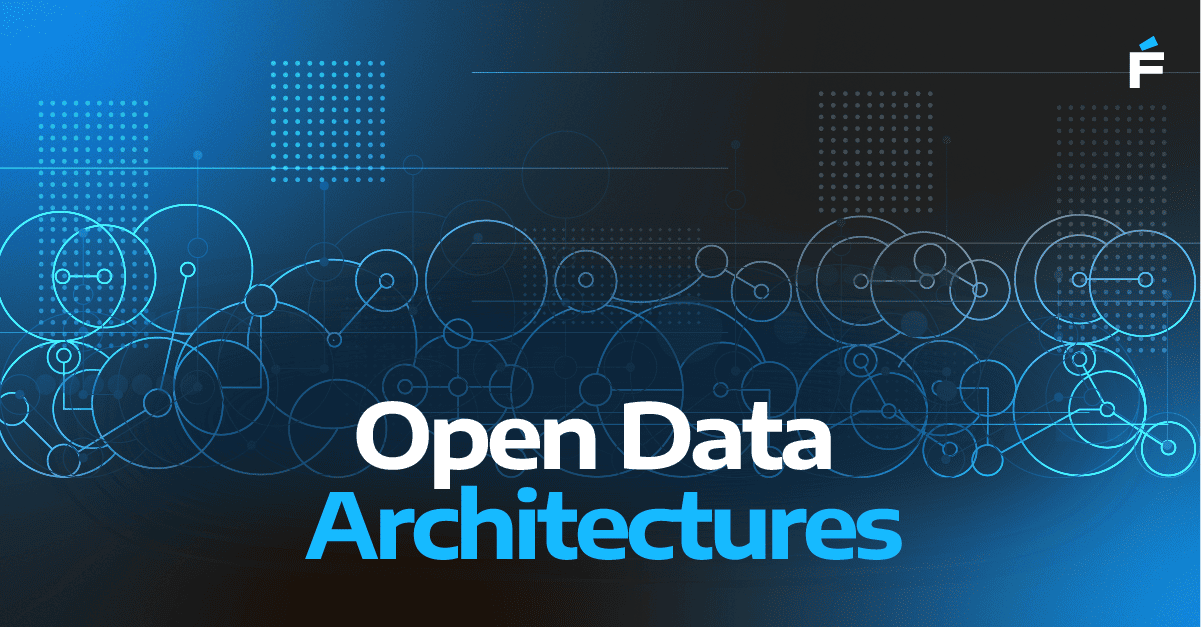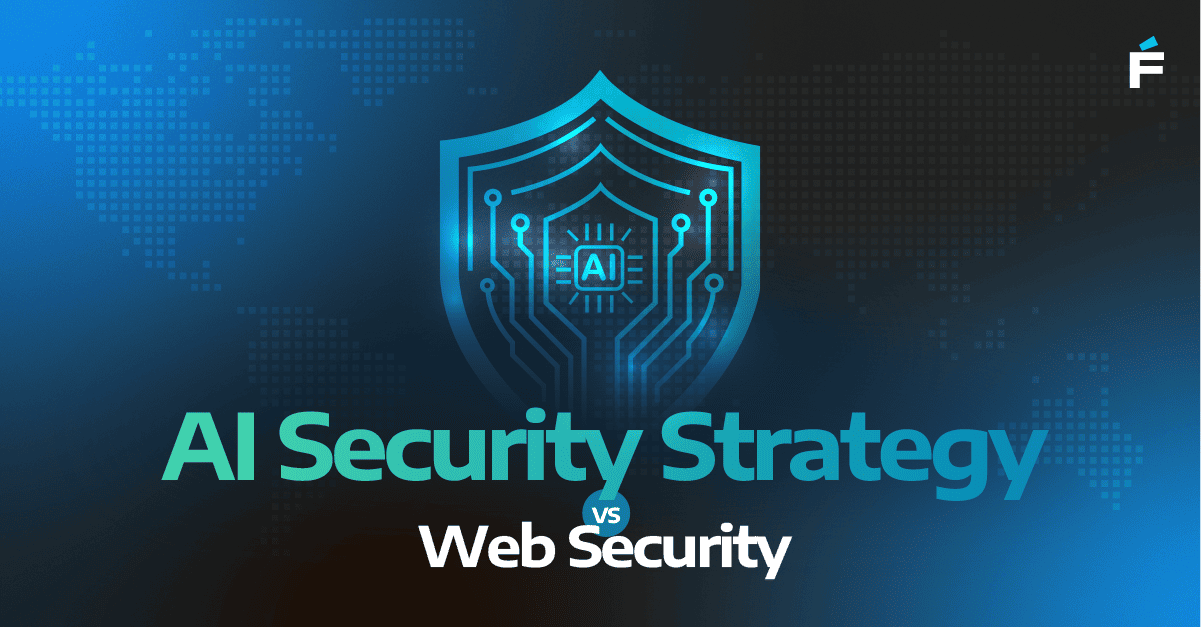As organizations accelerate their adoption of both classical machine learning and generative AI, one architectural discipline is quickly becoming non-negotiable: data lineage. While MLOps has matured to include CI/CD for models, reproducible pipelines, and monitoring, many teams still overlook the foundational role of knowing where data comes from, how it changes, and how it flows.
In enterprise environments—especially those modernizing around data-driven services—lineage is not a luxury. It is the bedrock of trust, governance, and velocity in AI adoption.
Why Lineage Matters Now More Than Ever
Both classical ML and GenAI models are only as good as the data that powers them. Without robust lineage:
- Model explainability breaks down. You cannot explain predictions—or hallucinations—without tracing the data that trained or fed the model.
- Regulatory compliance becomes risky. With AI increasingly touching PII, financial, and healthcare data, auditors demand a full audit trail of how data was collected, transformed, and used in inference.
- Reproducibility is lost. In many teams, you cannot recreate a model from six months ago because the feature pipeline or raw inputs have changed without version control or traceability.
- Data contracts drift. As upstream systems evolve, features silently break. Lineage enables downstream consumers to detect schema or quality issues early—before bad data reaches a production model.
What Data Lineage Looks Like in Practice
In a well-architected MLOps stack, lineage is captured across three levels:
- Physical lineage: File movement, database reads/writes, Airflow/Dagster pipeline steps.
- Logical lineage: Transformation logic—how raw input was converted to training-ready features.
- Semantic lineage: Meaning of fields and their relation to business entities—crucial when AI uses unstructured sources like PDFs or call transcripts.
This lineage should be automated, queryable, and versioned. Teams need tooling that integrates with their orchestration, feature stores, and training pipelines—whether using Databricks, Snowflake, Vertex AI, or open tools like MLflow and Feast.
Generative AI Raises the Stakes
With GenAI, the lineage problem extends into:
- Embedding provenance: Where did embeddings come from? What document version? Which chunking and filtering logic?
- Prompt traceability: Which prompts and contexts led to a generated output?
- RAG pipelines: When retrieval-augmented generation is deployed, lineage of retrieved documents and the retriever’s version must be tracked alongside the generation model.
Without this level of detail, LLM-based applications become impossible to debug, govern, or improve.
What Forte Group Recommends
At Forte Group, we work with companies that are modernizing their data and AI capabilities. Across all use cases—from predictive maintenance to internal copilots—we recommend that engineering teams:
- Implement lineage capture from day one in MLOps builds, not as a compliance afterthought.
- Leverage declarative pipelines and metadata-aware orchestration tools (e.g., Dagster, Prefect, dbt) to make lineage automatic.
- Version your features, training sets, and outputs, just as you would code.
- Make lineage part of your GenAI architecture, especially in RAG and fine-tuning workflows.
This is not just good engineering practice—it is the only way to scale AI safely and efficiently.
Final Thought
As the pace of AI adoption increases, so does the complexity of the systems we are building. Data lineage does not slow teams down. It enables them to build faster, fix faster, and prove trust in the models that increasingly shape decisions, products, and customer experiences.
If you are investing in MLOps or GenAI applications and your lineage story is still an afterthought, it is time to prioritize it.



.png)

